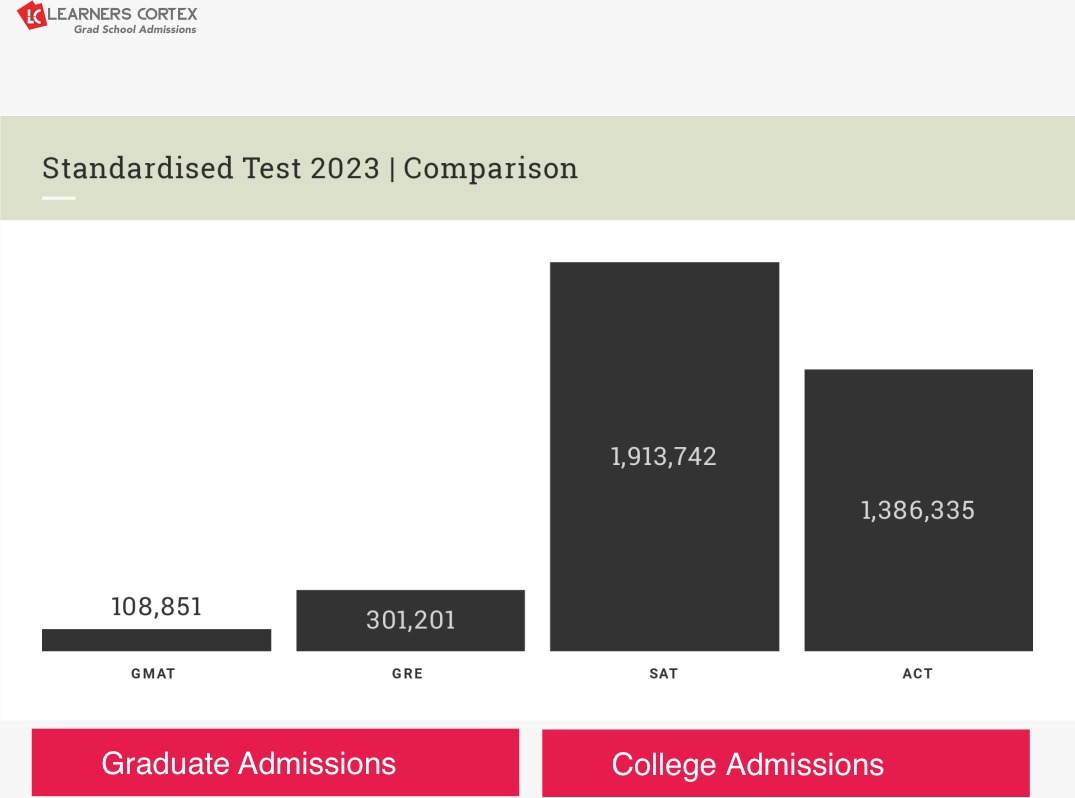- Call: +91-9566252166
- Mail: hands@learnerscortex.com
Anand G Shankar | Content Lead
Standardized tests are the gateways to higher education. With the GRE and GMAT for graduate admissions, the latter is exclusively for business school admissions, while the SAT and ACT are for college admissions. This has been a trend for many decades since the 1950s. However, there has been a recent shift towards dropping test requirements during the COVID-19 pandemic, leading many universities to adopt test-optional or no-test-required policies.
In the past two to three years, a significant number of U.S. institutions have dropped the requirement for standardized test scores, being particularly critical of the SAT, GRE, and ACT, while being more lenient with the GMAT. Nevertheless, universities are now fully committed to assessing the abilities and success potential of students admitted without standardized test scores. Many professors have expressed reservations about this new practice, as they await the graduation of the first batch of test-free admits in 2025.
There have been movements in America advocating for equal rights for underprivileged children, demanding that educational institutions admit students without requiring standardized tests. These voices were especially prominent during COVID-19, when test-taking was difficult and application numbers dropped. Although there was optimism about the current test-free admissions process, recently, some elite Ivy League members, such as Harvard, Caltech, Dartmouth, Yale, and Brown, have reinstated the SAT requirement. Industry experts believe other schools may soon reinstate the SAT or ACT requirements for college admissions.
It is expected that nearly 1.3 million ACT test-takers and 1.9 million SAT test-takers will apply to these universities. Many of these applicants are prepared to submit their scores despite universities' stated disinterest in test scores. Similarly, the number of GRE and GMAT test-takers has remained stable, with nearly 300,000 for the GRE and 100,000 for the GMAT. Since not all universities have dropped the GRE requirement, reinstatement of GRE scores could be expected at any time, causing uncertainty for applicants.
Such oscillation in test requirements could disadvantage students by affecting their commitment to preparing for the exams thoroughly. It is also expected that graduate programs might reinstate the GRE requirement for Fall 2025, once the academic performance of the first batch of test-free admits has been fully evaluated. Indeed, we should fall the traces of universities's oscillation.


In the independent section of TOEFL writing, you are required to analyse, explain, and support your opinion on a given issue. The queestion would be based on ...
Detail